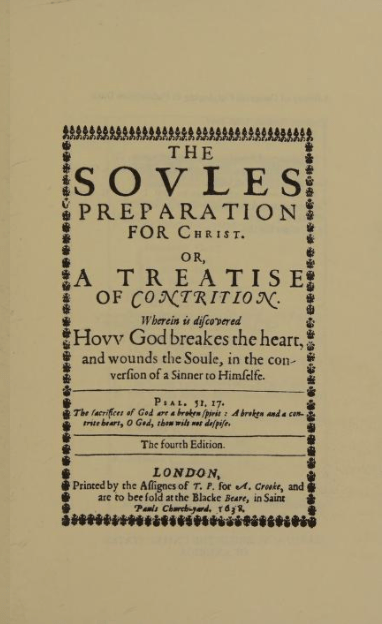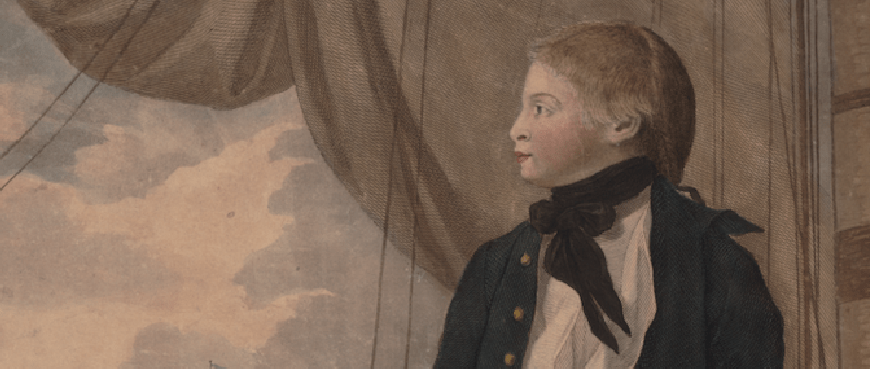
A Walking Tour of Thomas Prince’s London – Christopher Trigg
Harvard graduate Thomas Prince (1687-1758) visited London twice between 1709 and 1711. In his travel journal (now in the collections of the Massachusetts Historical Society) the future minister of Boston’s Old South Church wrote of his excitement at arriving in “the Greatest and most Flourishing City of the Universe.”1 My article in the Fall 2023 issue of Early American Studies discusses the numerous poetic transcriptions that Prince made in that…









